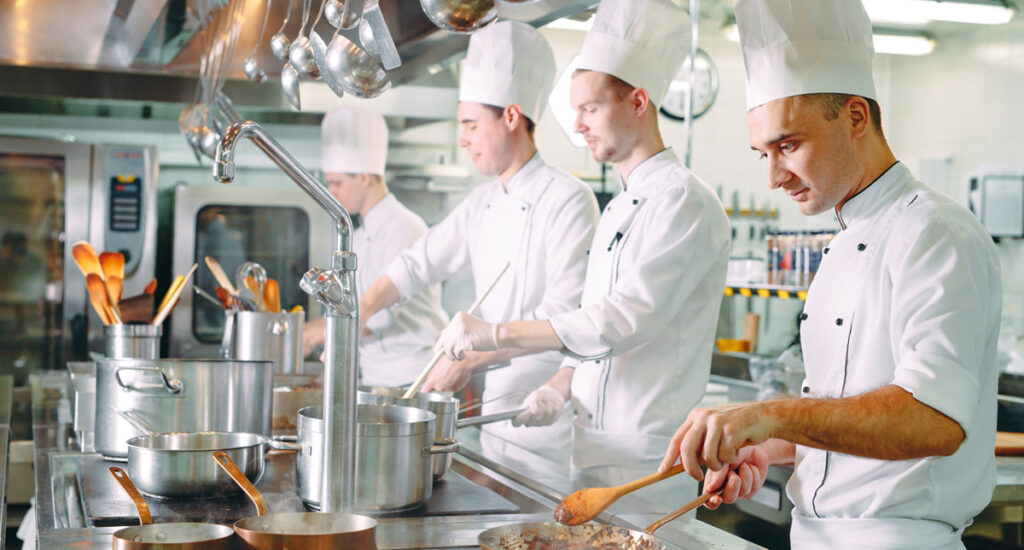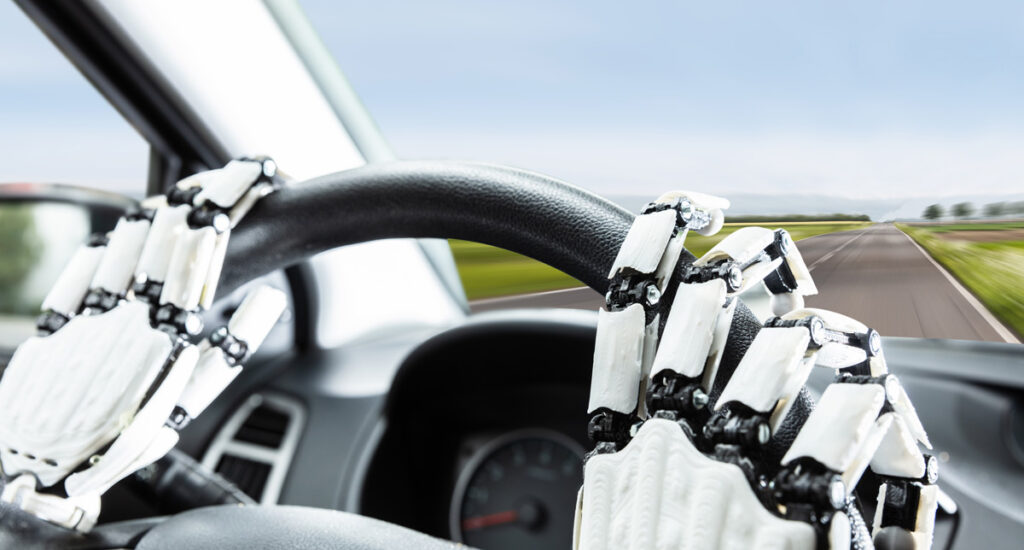When you’re trying to understand how to get value from your data, you might not immediately think of a restaurant kitchen, but it actually offers the perfect analogy. It also highlights exactly why so many companies are having such a hard time getting the desired return on their data investments.
Sourcing your ingredients = capturing the data
It all starts with harvesting the data that will serve as the basis of all of your other efforts. Here, quality really matters. If the quality of what you bring in isn’t up to snuff, then the quality of everything you create with it will be impacted. The old adage “garbage in, garbage out” is very true!
Similarly, variety matters as well. The more different “ingredients” you have at your disposal, the wider the range of dishes you’ll be able to prepare. And don’t forget about freshness. In the case of data, while much of it may not truly “spoil” as it ages, often the faster you can get it into your systems, the better it will serve your needs.
The prep work = organizing and cleaning the data
Before you can really cook with the data, you have to get it into the right shape. That means cleaning it so there’s no dirt mucking up your final product. It means organizing it and processing it so it’s in the structure you want it to be in. As with the quality of the original ingredients, the skill and consistency with which you clean and prep the data has a major impact on the effectiveness of the finished product.
The kitchen equipment = the tools and platforms
Moving right along with our analogy, you have to make an investment in your equipment if you want to do great things. Instead of refrigerators and freezers, you’ve got data lakes and cloud storage. Instead of ovens, ranges and mixers, you’ve got Python notebooks, SQL interfaces and data transformation tools. And just like all those expensive, stainless steel and high-tech devices in a modern kitchen, they don’t do you any good if they just sit there unused.
The kitchen brigade = the analysts and data scientists
With the ingredients prepped and waiting, and the equipment all fired up, it’s time to bring in the skilled hands to use it all. Your brigade, the analysts and data scientists, have spent years studying and honing their techniques. They know how to use the tools and equipment to transform the data into finished products.
The cooking skills = the data science techniques
Transformations, cross-joins, anomaly detection, statistical analysis, trend analysis, forecasting. These are the slicing, dicing, blending, boiling, baking, sautéing, flambéing and grilling. These are the skills that combine and change all of those raw ingredients into something new.
The plating skills = the visualization platforms
As with cooking, people may not fully appreciate the results of your data analysis unless it is presented in an attractive way that they can understand and appreciate. Visualization tools like Tableau, Looker and PowerBI let you make your finished products look great. Still, if the dish looks great but doesn’t taste good, all that razzle dazzle is a waste of time.
So…. what’s missing?
That’s everything, right? All the way from ingredients to finished product. All the way from data to finished reports, dashboards and analyses. We’ve covered the whole process, haven’t we? No!
And here’s where we come to the heart of what prevents most companies from harnessing the full power of their data. Having the ingredients, the equipment and the cooking skills prepares you to cook amazing things, but it doesn’t help you know what those amazing things should be! Similarly, having the data, tools and people to analyze it gives you the ability to use data to ANSWER questions, but it doesn’t help you figure out the right questions to ASK.
It takes another set of skills and techniques to understand the relationships between the data and the business, and to use that knowledge to find actionable insights in the data. In our restaurant kitchen analogy, this is the act of planning the menu and creating the dishes that will be cooked and served. You have to understand each ingredient and what it contributes, but you also have to have a keen understanding of what “value” looks like a the end of the process.
No chef worth his salt just starts playing around with all of the ingredients without thinking about how it might taste, and how it might satisfy the customer at the end. But how many times has someone handed you a pretty report or dashboard that doesn’t answer any useful questions or give you any actionable insights? In the culinary world, chefs are taught about recipe development and menu planning, two disciplines that are distinctly outcome-focused. But what about the world of data science?
You need this final set of skills to satisfy your customers
Until now, the majority of data science and analytics training was heavily focused on inputs, technical skills and delivery methods, leaving a critical gap. This gap means that a lot of what has been coming out of the “kitchens” hasn’t been truly satisfying to the end customers. It’s nobody’s fault, and it doesn’t mean that the “ingredients”, “ovens” or “chefs” are the wrong ones. It just means that the whole kitchen needs some new skills on top of what they already have.
If you’re not seeing enough delicious value coming out of the kitchen in your company, contact us. We can help you capture more knowledge from your data and get it to more of your customers (stakeholders).



